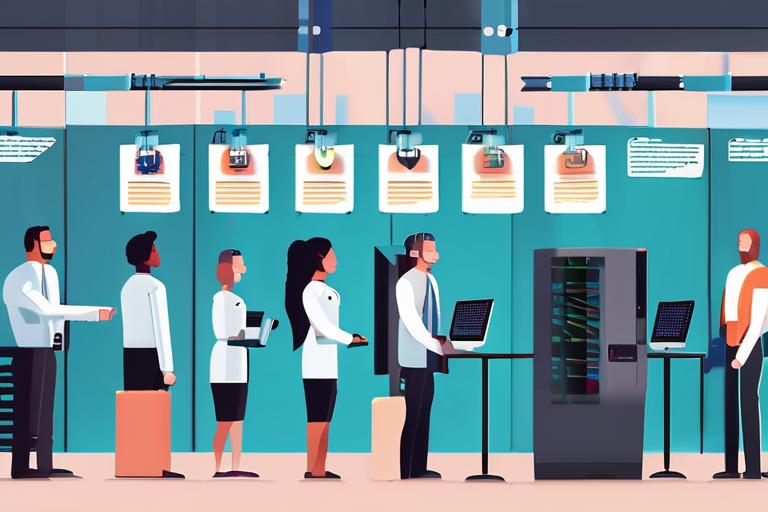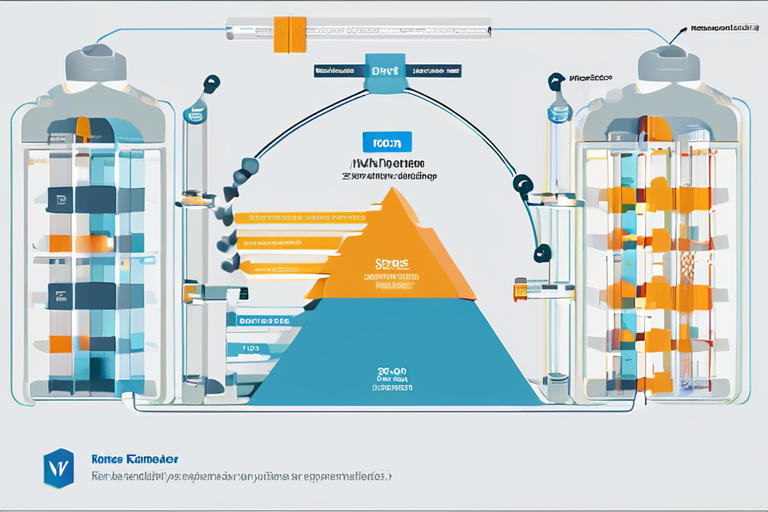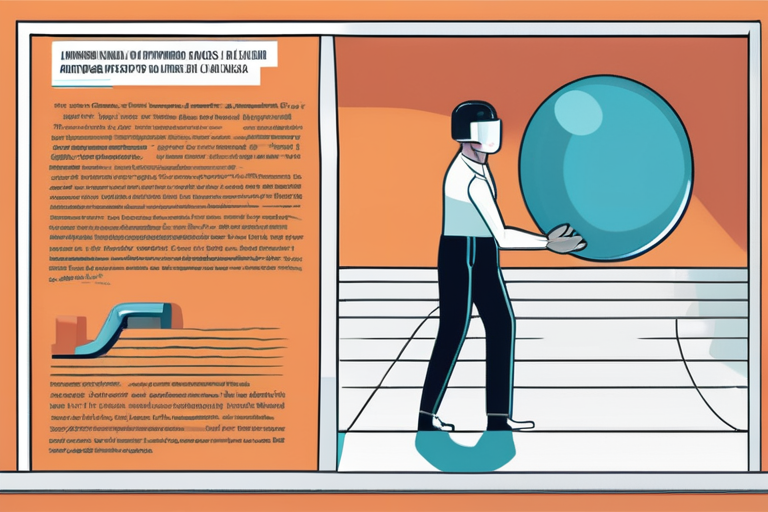VMware's Licensing Shift Triggers Cloud Migration Surge, AI-Driven Solutions Emerge
The recent VMware licensing changes have sent shockwaves through the IT industry, prompting a significant shift in the way organizations approach cloud migrations. According to recent data, 89% of organizations have already adopted at least some cloud-native techniques, with a notable increase in companies reporting nearly all development and deployment as cloud-native, growing from 20% in 2023 to 24% in 2024, as per the Cloud Native Computing Foundation's (CNCF) 2024 Annual Survey.
This sudden change in the calculus for cloud migrations is largely driven by the escalating pressure to innovate faster and more cost-effectively, as enterprises prepare for an AI-first future. The market research firm IDC reports that cloud providers have become top strategic partners for generative AI initiatives, underscoring the critical role of cloud infrastructure in supporting AI-driven innovation.
The financial implications of this shift are substantial. A study by EPAM, a leading digital transformation services provider, found that manual VMware-to-cloud migrations can be prohibitively expensive, with costs ranging from $100,000 to $1 million or more per application. In contrast, AI-driven migration solutions can significantly reduce these costs, with some estimates suggesting a 70% reduction in migration expenses.
The market impact of VMware's licensing changes is multifaceted. On one hand, it has created a sense of urgency among organizations to reassess their cloud strategies and accelerate their migration timelines. On the other hand, it has also created opportunities for cloud-native innovation and AI-driven solutions to emerge as key enablers of digital transformation.
VMware, a leading provider of cloud infrastructure and virtualization solutions, has been at the forefront of the cloud migration trend. Founded in 1998, the company has a long history of innovation in the IT industry, with a strong focus on virtualization and cloud computing. However, the recent licensing changes have forced the company to adapt to a rapidly changing market landscape.
Looking ahead, the future of cloud migrations and AI-driven innovation holds significant promise. As enterprises continue to grapple with the challenges of digital transformation, AI-driven solutions are poised to play a critical role in enabling faster, more cost-effective migrations. With the right tools and strategies in place, organizations can unlock the full potential of cloud-native innovation and drive business success in an AI-first future.



























Share & Engage Share
Share this article